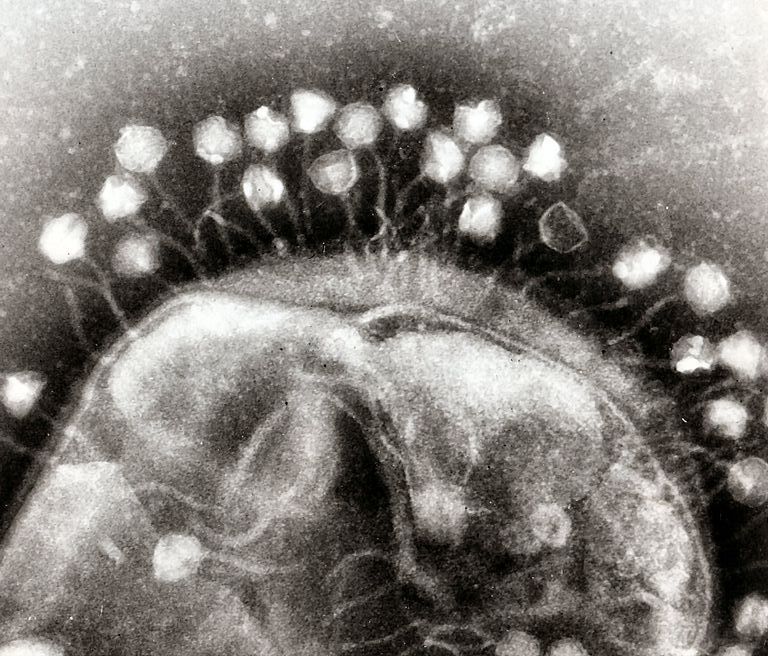Just like animals compete with one another throughout evolution, as suggested by Darwin’s theory, so do organisms. They may be tiny, but they can still do a lot of damage as they fight one another for resources and try to kill off any competition. The same goes for viruses as well. Some of these infect just a single species of bacteria, and many of them consist of genes that can stop the competition from infecting their host.
Viruses vary in just how much damage they can do. While some of them simply spread in their hosts soon after an infection, others are slightly more devious in the way they infect their victims. These will bury themselves deep into the host’s genome, keeping hidden for many generations. In doing this they’re able to infect far more people over a greater time period. But there are also disadvantages for the virus in doing things this way. One being that if they remain hidden for too long, another virus may just come along and destroy the host. It’s for that reason that researchers believe that viruses use some form of biological warfare to ward off future invaders.
To get to the bottom of this virus competition researchers set out to sequence various single bacterial specials samples. They discovered that many of these genomes had viruses integrated within them and a closer look at the genes revealed that they had a variety of means for destroying fellow viruses. One of these involved using certain elements from bacteria to protect themselves, while others had proteins that were able to stop any viruses from entering the cell or that stick to other viruses’ DNA to stop it from producing proteins. But, the system that was the most elaborate was where a virus called Phrann that encodes proteins to signal when there’s a shortage of amino acids. It then shuts down the bacteria’s metabolism until amino acid levels are back to how they should be. It also encodes a different protein that stops any manufacturing from taking place until a new virus comes along that it has to fight.
More News To Read
- Internet of Things and Artificial Intelligence Go Hand in Hand and Here’s Why
- DNA Can Now Be Analyzed Using This Simple App
- ‘Astronauts’ Go to Hawaii to Prepare for Mars Mission
- Student Creates Fake News Detector Using Neural Networks
- New Alzheimer’s Drug has Rather Odd but Perhaps Useful Side Effect











